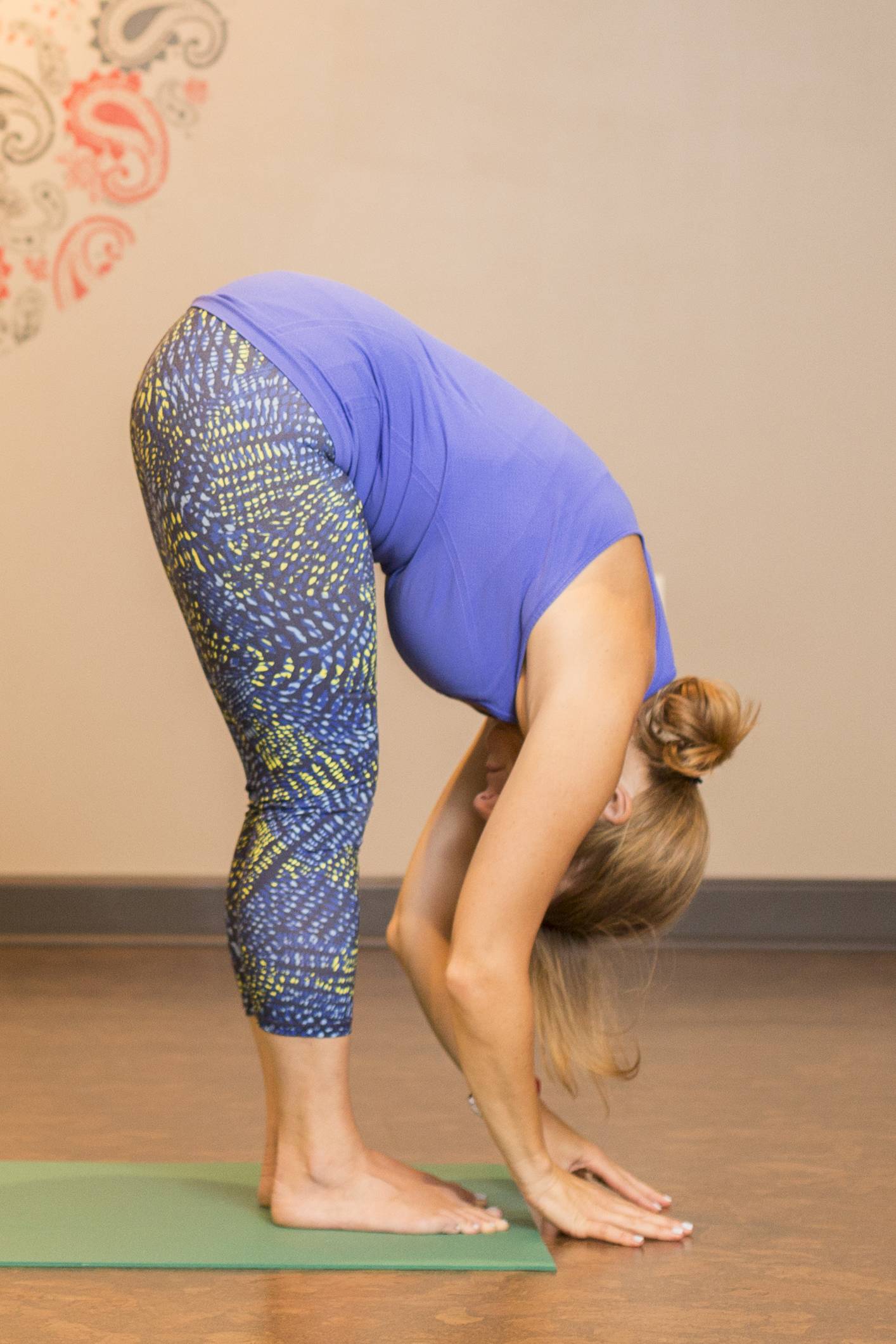
Yoga can be used to treat asthma. It can help reduce stress, improve breathing and improve overall well-being. Yoga encourages you breathe slowly and deeply. Yoga can help you strengthen your muscles and improve flexibility. You can improve your breathing by doing yoga poses.
Several types of yoga exercises are designed to help you with asthma. Some of them involve pranayama. Yoga for asthma includes mindfulness through movement. When you breathe deeply, you are able to open your chest and lungs. This helps reduce inflammation and improve airway function. Yoga for asthma improves blood circulation and oxygenation in your chest.
The best way to practice yoga for asthma is to start slowly. It is best to consult a doctor before starting yoga. You can also learn yoga breathing techniques online or with an experienced yoga teacher. Also, you should find a yoga practice you can do at-home. It's important to be patient, take it slowly, and to be patient. Keep a rescue inhaler handy.
The main cause of asthma is stress. Apart from stress, there are many other factors that can trigger asthma attacks. These include pollen, cold air, smoke, strong smells, and smoking. Breathing is difficult for people with asthma because their airways become narrow and inflamed. Asthma can be a chronic lung disease. It can cause wheezing, shortness of breath, and coughing.

FAQ
Are yoga mats expensive?
A high-quality, high-quality yoga pad costs between $20 and $100, depending upon its size and the type of material.
What is the best way to start yoga?
You will need a mat (some are foldable), some loose clothing, and a towel or blanket to place under your head while lying down.
You may also need props like blocks, straps or bolsters, blankets, towels, or blankets for specific poses.
You don't really need anything else. You must have a desire for positive change in your life and be willing to dedicate yourself to yoga.
What are the health benefits of yoga?
Yoga originated in India and is an ancient form of meditation. It was developed by Hindu monks over many centuries to improve mental and physical health. Many people use yoga to relieve stress and relax. Some believe that yoga helps build strength and flexibility.
Yoga improves balance, coordination, and is a great exercise option for seniors who want to keep active. It can prevent falls and other injuries.
Yoga is good for the heart as it strengthens your cardiovascular systems. This is beneficial if you are obese, have high cholesterol, or have diabetes.
Yoga is also known to reduce stress, anxiety, depression and insomnia. These conditions can cause chronic pain so it is especially important to practice yoga for those with arthritis and/or fibromyalgia.
As you get older, your muscles naturally lose some elasticity. Yoga can keep your muscles flexible and strong. Yoga gives you more energy as you age.
According to The National Institute on Aging yoga regularly has been shown in studies to reduce symptoms of depression like fatigue and feelings of hopelessness. According to the institute, yoga can lower cholesterol and increase bone density.
Yoga can also relieve headaches, back pain, and other issues. Because of its slow pace and gentle movements, yoga is particularly effective in relieving muscle strains.
Is yoga a sweaty sport?
This depends on which style of yoga is being practiced. Vinyasa flow (or power) yoga involves lots of jumping, twisting, and turning movements. People often sweat heavily while practicing yoga.
Hatha yoga is a different type of yoga. It focuses on forwarding bends, and twists. Most practitioners won't sweat much because these poses aren’t too strenuous.
How does yoga change your body?
Yoga can help you relax and stretch. It makes you feel great. This is because yoga improves flexibility and strength and reduces stress. This will result in improved sleep, concentration, and energy.
Yoga also increases blood flow, making you less likely to have colds and flu. This happens because yoga is a deep practice of breathing that increases oxygen flow to your brain.
Yoga can also help with tension and pain. These postures improve posture and strengthen joints and muscles.
To keep your body and mind healthy and happy, you should regularly practice yoga.
Statistics
- A 2020 review of 27 studies (1,805 total participants) of yoga interventions in children or adolescents found reductions in anxiety or depression in 70 percent of the studies, with more promising results for anxiety. (nccih.nih.gov)
- Gentle yoga has been shown to ease some of the discomforts of tender, swollen joints for people with arthritis, according to a Johns Hopkins review of 11 recent studies. (hopkinsmedicine.org)
- According to calorie estimates calculated at Harvard Medical School, the average 125-pound person burns about 120 calories in a half hour of hatha yoga, and a 185-pound person burns about 178 calories in that half hour. (everydayhealth.com)
- Lock in 25% off your Founding Member rate. (corepoweryoga.com)
- The people in the yoga group were 37 percent more likely to have quit smoking by the end of the 8-week program. (nccih.nih.gov)
External Links
How To
Which is the best place to do yoga?
There are many ways to practice yoga. Each person has their style. You only need to know which positions feel comfortable for you.
Here are some examples of common postures:
Standing poses - These are great for beginners as they allow you to view your body from many angles. It is also easier to focus on your breathing with these poses.
Forward bends: Forward bends are used to stretch tight areas. These can be done while you are sitting or lying down.
Backbends: Backbends can be considered advanced poses. Instructors can help you decide if this is a pose you would like to try.
Inversions: Inversions are poses where you balance on your side. This type is challenging, but rewarding.